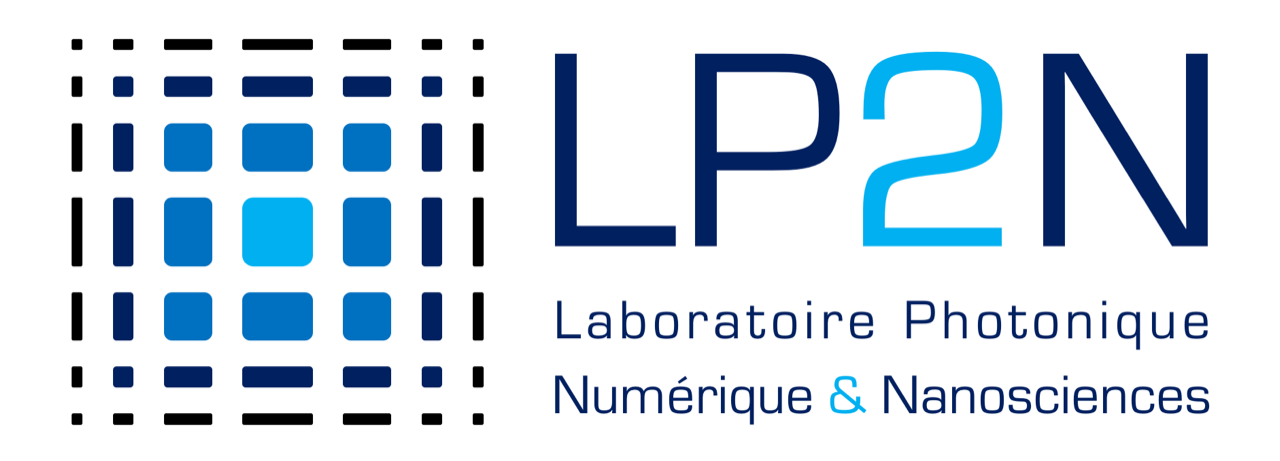Computational Optics
To tackles new concepts in terms of virtual reality, smart sensors and display systems
Two essential notions are guiding our studies: realism and interactivity. Both depend on the chosen quality and the variety of the data that can be captured from the real world and that can be displayed. To reach sufficient realism, image synthesis relies on the richness of simulable and mesurable physical phenomena targeted for a given application. To reach interactivity, the main requirement is to elaborate efficient algorithms and numerical methods. To offer new perspectives to existing systems, it is therefore necessary (i) to investigate new algorithms to simulate always more phenomena with an always higher quality, (ii) to acquire and display these phenomena with a high fidelity, (iii) to keep a computational time compatible with the real-time constraints of applications.
The studies performed in this research axis propose to tackle the problem under the optical, numerical and computational viewpoints. Optical for the design of the measurement and display systems, but also for the validation of the modeled phenomena. Numerical and computational for their ability to deal with, analyze and generate data. Taking into account these three components in hybrid systems will lead to the convergence between the real and virtual worlds by limiting the transition and conversion steps, the ideal situation being that a unique information travels from the sensors to the display through the numerical system.

